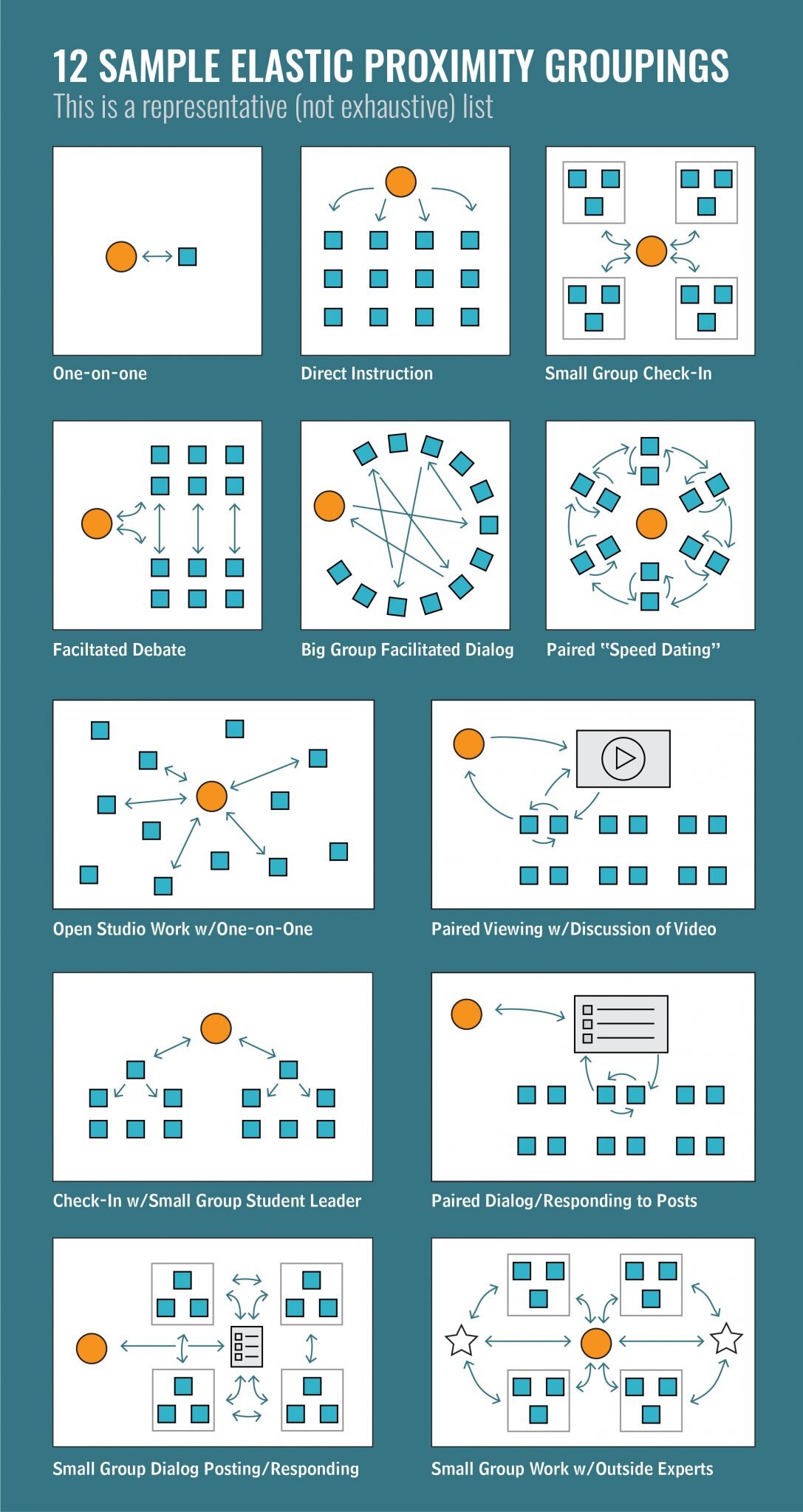Future of Learning Top Reads for week of Jun 1 2020
If you didn’t read yesterday’s post, “Hire, Wire, Inspire,” please start there.
***
“What Worked and What Didn’t in a Semester Online,” by various student voices, in the Wall Street Journal
“Remote learning has allowed me to work at my own pace. Most of my professors post prerecorded lectures, so I can ‘attend class’ according to my own schedule, rather than somebody else’s. This format also makes it easier to take notes, since I can pause the lecture and slow it down, or review and rewatch it at any time, rather than struggle to keep up with the professor’s pace in real time. This is especially useful when studying, since exam questions will often come from information shared in class but not included in the professor’s PowerPoints. I can also take breaks when I feel that I can’t focus any longer, a luxury I can’t afford during in-person lectures.
“The biggest drawback is motivation. Think about it: If you can always watch the lecture later or go back and review it in full right before the test, it becomes more difficult to stay motivated to pay close attention the first time. And if you can pause it and take breaks at any time, with no teacher watching, you probably will. After class, there are no quiet libraries or study groups to join. The distractions of studying at home can add to the difficulty.”
—Sneh Amin, University of Miami, biology and English
“Since online learning makes it so much easier to cheat, many professors responded by switching to open-book assignments and tests. Rather than artificially restrict information and test what we can remember, they let us use the internet, calculators, notes and other resources to answer more difficult—and more worthwhile—questions. We were asked to analyze, apply and reason, rather than regurgitate. In that sense, online learning better mimicked life and prepared students for success outside the classroom. I see no reason to revert to the old style when schools reopen.”
—Jillian Verzwyvelt, Texas Christian University, economics and communication studies
Why does this matter to the future of learning?
Yes, an unexpected Spring of virtual learning was sub-optimal for lots of reasons.
There are also some important insights about what virtual learning makes possible.
The future of learning will include more—not less—virtual learning. What are you doing about that?
***
“How to open campuses – or not – is a test of university leadership,” by Anna McKie, in Times Higher Education
“For the past 60 years, US universities have basically used a simple production model: offer students access to learning in groups, at set times, through common formats, in pre-determined places and sequence. Currently the size of the group varies but in leading universities, classes of 20 or fewer students are common, and most classes have fewer than 50 students.
“But few classrooms would meet the social distancing requirements that we have become familiar with, especially classes conducted in laboratories or offering lots of group work. If we are to offer face-to-face classes in the next academic year, the public health practices that should suppress infection rates will lead to different learning strategies.
“This redesign task should engage all members of the academic community. And as those members will bring different perspectives, the leadership challenge is knitting them together in a way that respects their underpinning core values and principles, and produces sets of learning programmes that have meaning and value for students.”
Why does this matter to the future of learning?
In countless conversations with Heads of School, Boards of Trustees, and other education consultants, the #1 question I hear is, “How do we re-open?”
Maybe a better question is, “How do we synthesize many ideas in a way that amplifies our core values and that delivers a superior learning experience?”
***
“Beyond Synchronous and Asynchronous: Elastic Proximity,” by Ross Peters, on EXPLO Elevate
“I think this started bothering me when I noticed that when we talk about teaching synchronously or asynchronously, we are describing what teachers are doing, not what students are learning or skills they are developing. Students don’t learn synchronously or asynchronously. Students learn and grow…and they learn and grow in varied proximity to teachers and to each other.”
Why does this matter to the future of learning?
This, too, is about asking a better question: not “synchronous vs. asynchronous” (which is purely tactical), but rather “What kind of experience do I want my students to have?” (which is connected to mission, vision, culture, and strategy).
Once you’ve answered that question, the graphic below (from the article) may prove valuable for considering the tactics of designing virtual learning experiences.
***
Thank you for reading this post from Basecamp's blog, Ed:Future. Do you know someone who would find the Ed:Future blog worthwhile reading? Please let them know that they can subscribe here.


